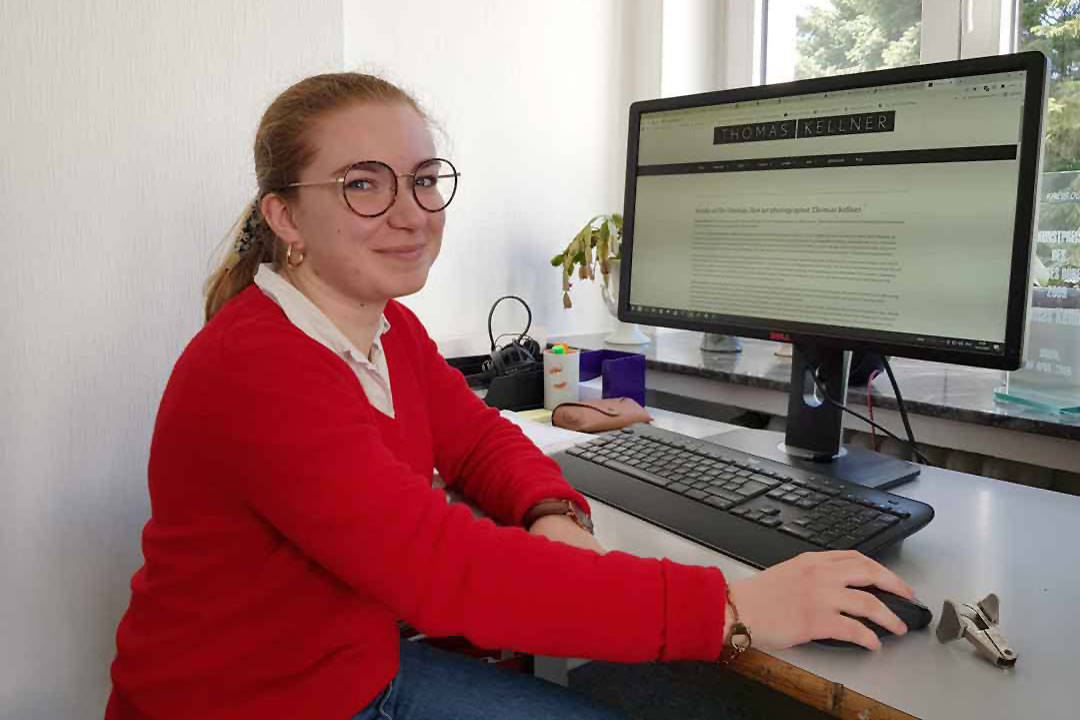Pas de Deux in the Austrian Capital
Two galleries, one anniversary
To celebrate their 40th anniversary The Fotogalerie Wien and the Galerie Vrais Rêves in Lyon set up an Austrian-French partnership and create the project Pas de deux. One of their main similarities is that they are both the oldest photo galleries in their respective cities. Thanks to their common points and their experience, they could easily agree on the name of the exhibition. Indeed, with their show Pas de Deux, Fotogalerie Wien and Galerie Vrais Rêves want to offer more than a presentation, they want to offer to visitors a performance of conceptual art photography and an international cooperation with institutions. Like a director recruiting his dancers, curators of the two galleries have each selected four artists in keeping with their representation parameters to create the show Pas de Deux.
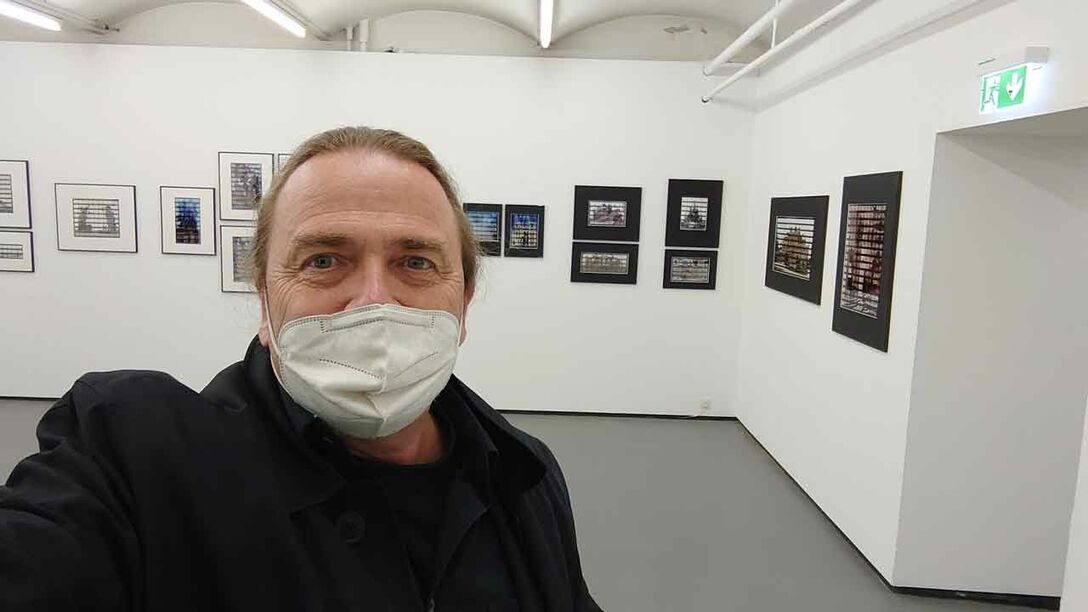
The selected artists
Philippe Calandre is a French fine art photographer born in 1964. For the past ten years, Philippe Calandre's work has been based on architecture and more recently on utopia. Since 2012, he uses the technique of photomontage to introduce the imaginary on real sites. Philippe Calandre's landscapes hold a subtle balance between the past, the future and the present. The use of black and white or blurred colors gives his compositions an a-temporal value.
Robert F. Hammerstiel is born 1957 in Pottschach in Austria, he lives and works in Vienna as artist. In the 1980s, he produced small-format photographic black-and-white series of beach landscapes and abandoned gas stations. Since the three-part photography series Der Stand der Dinge (Der Stand der Dinge 1988-1991), which focuses on the individual design of private and public spaces, Hammerstiel has photographed in color to increase the degree of reality.
Thomas Kellner, born May 28, 1966, in Bonn, is a German fine-art photographer, lecturer and curator. He became known above all for his large-format photographs of famous architectural monuments, which, through many individual images and a shifted camera perspective, look like photo mosaics.
Pascal Mirande, born in 1968 in Saint-Dresse in France, is a plastic artist who combines photography, drawing and sculpture to create worlds inspired by mythology, art history, great discoveries, the collective imagination and childhood memories. His approach is based on confrontation and vigilance: confrontation between an element of the landscape and a fabrication that he creates; vigilance as a general reflection on the truthfulness of images.
Simona Reisch is Austrian fine art photographer born in 1985. Since her studies at the Academy of Fine Arts Vienna and the School of Artistic Photography she has been working as a freelance artist in the fields of photography, installation, graphics and video. Her works have been shown in numerous presentations and projects at home and abroad.
Bénédicte Reverchon is a French artist born in 1967. Seven years of study at the Beaux-Arts of Versailles, Bourges and Saint-Etienne, have forged in her the basis of a mastery in the service of an art. Curious and challenging, Bénédicte Reverchon has persevered in acquiring solid skills in drawing, painting, sculpture and photography.
Lea Titz, who is born in 1981 in Graz, is an Austrian fine art photographer. She lives currently in the Austrian capital. Her work consists of photography, video/film and installations.
Laura Wagner is an artist born in 1984 in Regensburg and she lives in the Austrian capital since 2006. From 2006 to 2012 she has studied in Sculpture and Multimedia at the University of Applied Arts Vienna.
For all their diversity, the eight exhibiting artists have a similar approach: they show conceptually developed works that have been created through constructing, staging and alienating with regard to new possibilities of interpretation and perception.
About Fotogalerie Wien
Henri Cartier-Bresson, a French photograph said: “To photograph is an attitude, a way of being, a way of living.” But this behavior will not be possible without a gallery. The first part of the show Pas de Deux will take place in the Fotogalerie Wien. Fotogalerie Wien was founded in 1981 by the artist and designer Josef Wais and shortly afterwards was run by a collective on a grassroots democratic basis. From the beginning, it was important for him to seek communication, exchange of information and cooperation with others. At first it was a narrower circle of artists in the Austrian capital area, but very quickly it became international. At present, the Fotogalerie Wien collective consists of 10 people: eight artists and two art historians. The Gallery is a non-profit organization organized as an association for the advancement of artistic photography and new media. The collective acts as an information gallery running independently from trends set by the commercial mainstream. Therefore, one essential aspect of their program supports presenting not only well-known international artists, but young and emerging influences from both locally and abroad, thereby sponsoring a culture of exchange with foreign galleries and institutions. In order to host their events, The Fotogalerie Wien provides 3 rooms: One large (100 m2), and one small room (40 m2) with a ceiling height of 3m and a cinema (40m² with 36 seats) are available for expositions.
Pas de Deux
The choice of the name Pas de Deux for this show is really interesting and we can find a several explanations for it. However, we could think that this name has been chosen because it shows perfectly the French-Austrian partnership. It does make sense especially when we notice that this presentation is sponsored by French Institute in Vienna which aims to teach the French language, to promote French culture and science, and especially to participate in linguistic and cultural cooperation between France and Austria. For this reason, even though Pas de Deux is a French expression, it actually refers to a dance or figure for two performers, usually one woman and one man. And the Austrian capital is mostly known to be the capital of waltz which is a dance between two partners, most of the time between one woman and one man. This allusion is in fact a little bit discreet especially if you do not know the universe of dance. So, we can make different analogies and that makes the presentation even more interesting: Does it mean the eight artists will create a waltz with each other art? Or does it mean the visitors will see a dance between the art and the artist? Finally, the best analogy would be that when we find out this link which connect Austria and France, we could also make a connection between the name of the show and the collaboration of Fotogalerie Wien and Galerie Vrais Rêves in Lyon. Pas de Deux is actually an artistic waltz divided in two parts (first part in Vienna, second part in Lyon) between two partners.
Pictures
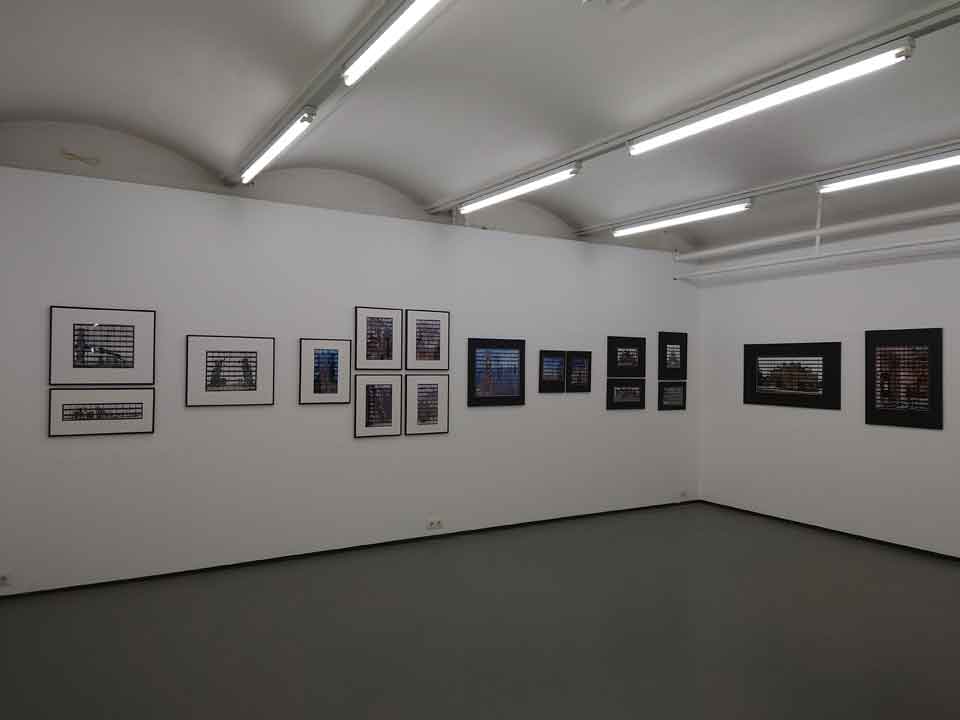
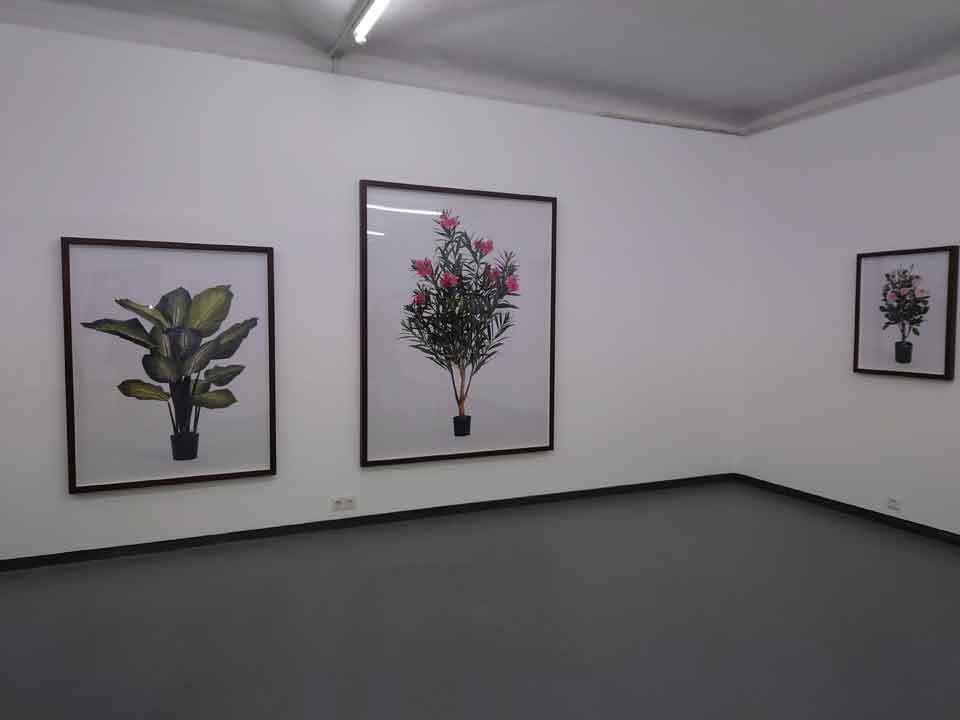
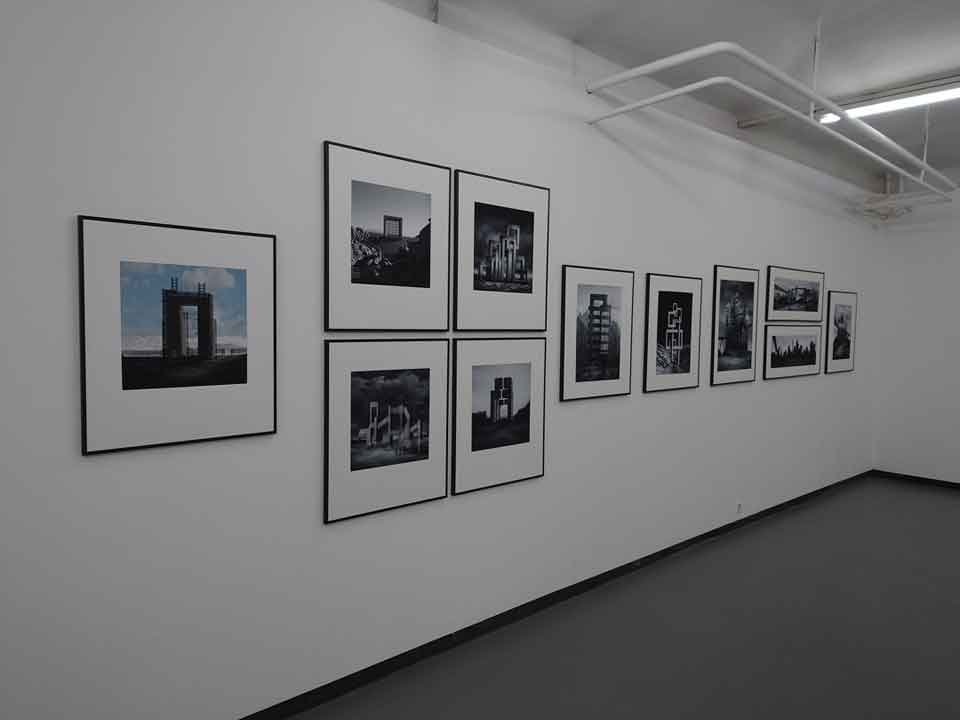
Contact
Fotogalerie Wien
Währinger Strasse 59/WUK, 1090 Wien-Austria
T: +43 (0)1 40 85 462
F: +43 (0)1 40 30 478
fotogalerie-wien@wuk.at
www.fotogalerie-wien.at
Links for this exhibition with Fotogalerie Wien and Galerie Vrais Reves
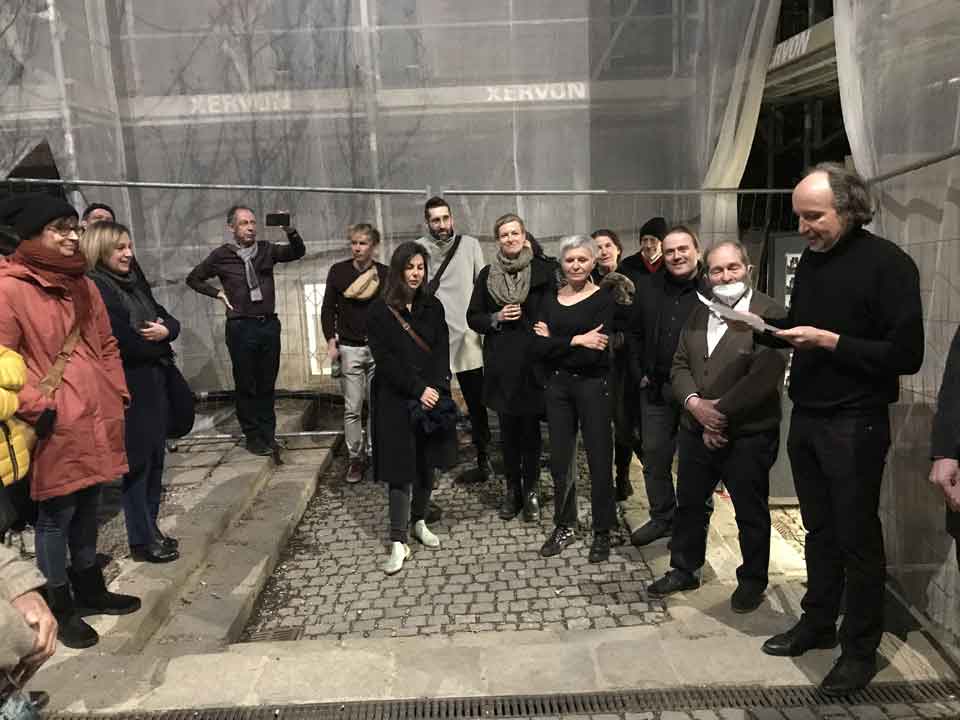
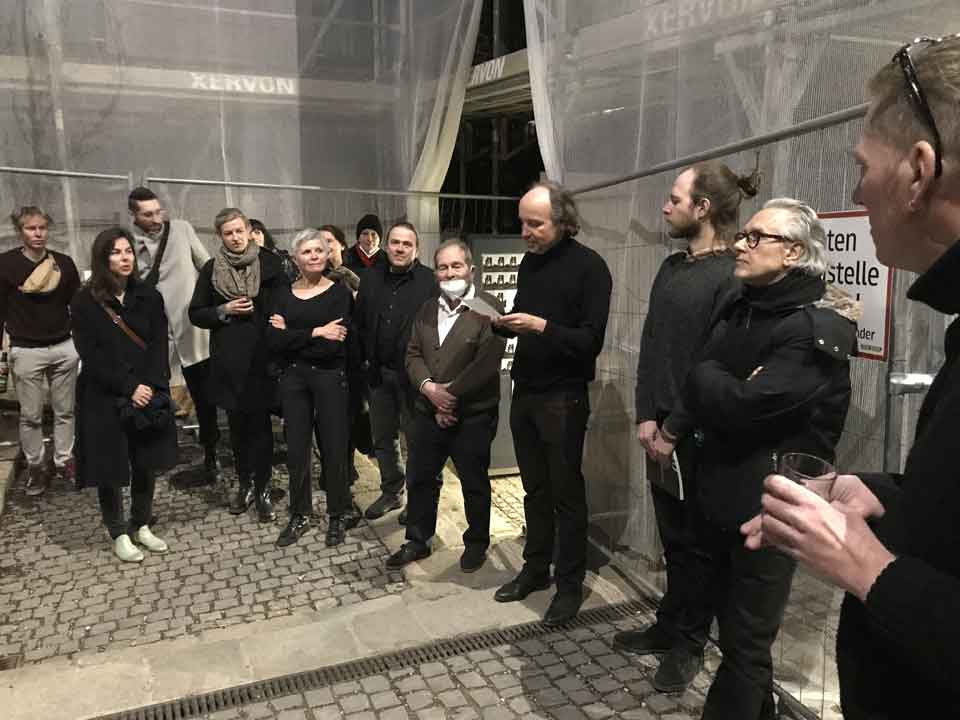
Author
Bénédicte Rochette, born April 10, 2001 in Le Puy-en-Velay in France
Studies: Languages and Economy
Internship: from March to July 2022 at Studio Thomas Kellner
Specials interests: Travelling, reading, writting.
